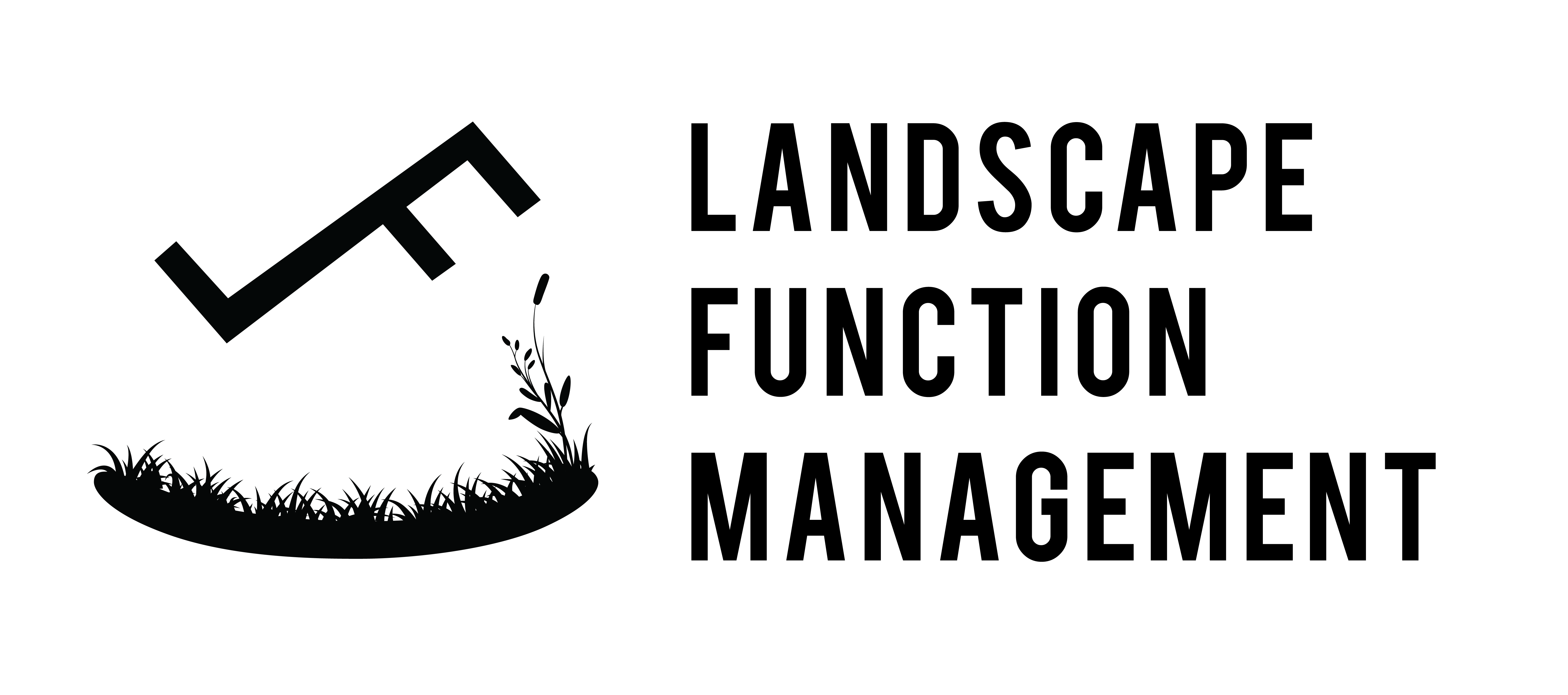Methodology
At Landscape Function Management, we believe in a holistic and regenerative approach to land management. Our methodology is rooted in principles that prioritize the health of the land, the welfare of wildlife, and the long-term profitability of your operation.
Holistic Management
Our approach to land management is holistic, meaning we consider the entire ecosystem in our decision-making processes. We understand that each element of an ecosystem, from the soil to the wildlife, plays a crucial role in the overall health and productivity of the land.
We integrate holistic management principles into our services, balancing the needs of the land, wildlife, and ranch operations. Our approach is not just about immediate, short-term goals. Instead, we look at the bigger picture, considering how each action will affect the ecosystem and the long-term sustainability of the ranch.
We work closely with our clients to understand their specific needs and goals, and we tailor our services to meet these needs while also promoting the health and sustainability of the land. We believe that by taking care of the land, the land will take care of us.
Wildlife-Friendly Fencing
One of the ways we put our holistic approach into practice is through our wildlife-friendly fencing. Traditional fencing can be a barrier to wildlife, disrupting migration patterns and causing harm to animals. Our fencing designs, on the other hand, allow wildlife to pass through unencumbered.
We use innovative design techniques and materials to create fences that are both effective for managing livestock and minimally disruptive to wildlife. This approach not only benefits the wildlife but also contributes to the overall health and biodiversity of the ecosystem.
Looking to the future, we're excited about the potential of emerging technologies like GPS-enabled collars and drones. These technologies could allow for more flexible, nuanced, and organic movement of the cattle, increasing the amount and rate of accrual of ecosystem/land benefits.
Keyline Design
Water is a critical resource on any ranch, and managing it effectively is key to the health of the land and the success of the ranching operation. That's why we incorporate Keyline Design principles into our work.
Keyline Design is a method of land planning that maximizes the beneficial use of water resources. Developed by Australian engineer P.A. Yeomans in the mid-20th century, it involves shaping the land to both slow and evenly distribute water across it.
By strategically placing infrastructure like roads, fences, and water storage in relation to the topography of the land, we can optimize water use, improve soil health, and increase the productivity of pastures. This approach can increase the productivity and resilience of the land, particularly in dry climates, improving soil health, and increasing the productivity of pastures.
Agroecology and Biomimicry
Our work is guided by principles of agroecology and biomimicry. Agroecology is a farming approach that views agricultural areas as ecosystems and seeks to enhance their natural functions. This might involve practices like intercropping, cover cropping, and organic soil management to improve soil health, increase biodiversity, and enhance ecosystem services.
Biomimicry involves learning from and mimicking strategies found in nature to solve human design challenges. In the context of our services, this might involve designing systems that mimic natural ecosystems in their diversity and resilience. For instance, we might design grazing patterns that mimic the movement of wild herbivores, or use plants that naturally deter pests instead of relying on synthetic pesticides.
By applying these principles, we can create farming systems that are more sustainable, resilient, and productive, benefiting both the land and the ranching operation.
Profitability through Ecosystem Function
We firmly believe that improving ecosystem function can lead to increased profitability. A healthy ecosystem is a productive one, and by enhancing the natural functions of the land, we can help to increase its productivity.
Healthier soils, for instance, can increase the productivity of pastures, reducing the need for expensive inputs like fertilizers. By improving soil health through practices like cover cropping and organic soil management, we can help to build rich, fertile soils that support abundant plant growth.
Enhanced water management is another key aspect of our approach. By using Keyline Design principles to optimize water use, we can make the land more resilient to drought, reducing the risk of crop failure and ensuring a reliable food source for livestock.
Increased biodiversity is another benefit of our approach. A diverse ecosystem is a resilient one, and by promoting biodiversity, we can help to create a more stable and resilient farming system. Increased biodiversity can also provide natural pest control, reducing the need for pesticides and helping to maintain the health and productivity of the land.
Why Choose Us?
What sets our services apart is our commitment to a more productive, more profitable, and more sustainable ranching operation. We use innovative and forward-thinking practices to enhance the natural functions of the land. When you choose to work with us, you're choosing a partner who will help you create a sustainable future for your ranch.
We understand that each ranch is unique, and we tailor our services to meet the specific needs and goals of each client. We work closely with our clients to develop a comprehensive land management plan that aligns with their vision and objectives.
Our approach is not just about making a profit; it's about creating a sustainable and resilient farming system that benefits the land, the wildlife, and the people who depend on it. We believe that by taking care of the land, the land will take care of us.
